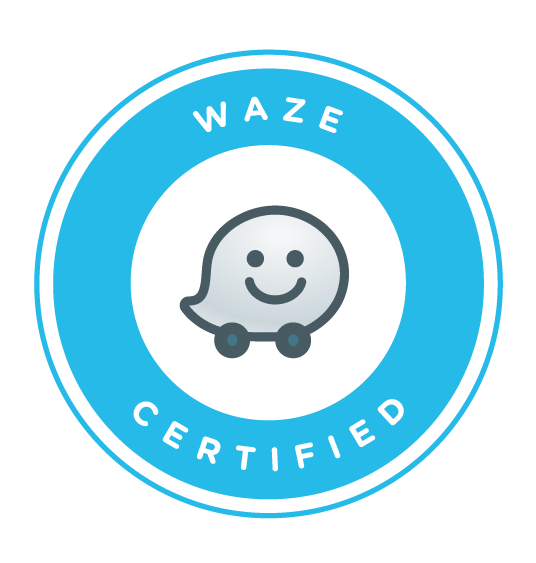
Audience research is a crucial part of any serious marketing campaign. It enables brands to gather information on the people who are already buying their products or services, and to incorporate this information into their overall marketing strategy.
With information gathered from audience research, businesses are better able to understand the mentality and behaviour of their customers, what they value, what medium they use to make purchases, and what social media channels they use to research or talk about these purchases.
The nature of your audience research, and the potential avenues you have to explore, will depend on the size of your business, and the stage of development it’s currently at. If you have a long email list of engaged customers then you should be able to put together a questionnaire or a customer satisfaction survey which will yield valuable results. If you run a startup, however, you may have to be a little more creative, and perhaps consider interviewing people who have demonstrated an interest in your product or service face to face.
Whatever the size or nature of your business, there are four main audience research methods available for you to explore.
The Customer Satisfaction Survey
If you have a list of customer emails to draw upon then a customer survey is a great way to find out more about your audience. In addition to vital audience research data, you can use customer satisfaction surveys to identify key areas to improve your business according to the feedback provided.
Use Google Forms or Survey Monkey to compile your surveys for free.
Face to Face Interviews
Face to face interviews can yield great audience research results, the trick is actually getting them to take place. There are a number of ways to reach out to your customers, or those simply interested in your brand, but for something as personal as a face to face interview there is no substitute for direct contact. Whether it is by phone or email, contact the potential interviewee directly. Customers, potential or otherwise, are more likely to respond positively to human interaction than to a generic email circular.
Social Media Engagement
Social media provides insights into the kind of habits that can be invaluable in carrying out audience research. Which platform do your customers tend to use most, on what days and at what times are they most active? How likely are they to share content, and what kind of content is most likely to move them to do so? Here, you should also be able to find out what people are saying about your brand, your products, and even your competitors.
The best thing about social media is that you can find out this kind of information without ever having to bother your customers with a single question.
Internal Resources
Depending on the nature of your business, you may have a team of employees who deal with and interact with your customers on a day to day basis. If this is the case then the experiences of your customer facing team are a great resource for carrying out research on your audience. Be careful to avoid ‘memorable’ customers, however, you are looking for general traits, not exceptional ones.
Now you have a few ideas on where to go to conduct your audience research, there’s nothing left to do now but to go out there and do it! If the process seems daunting, or too time-consuming, that’s fine, but remember that this labour will pay long term dividends, and will be an invaluable source of marketing information which you can draw upon for a long time to come.





